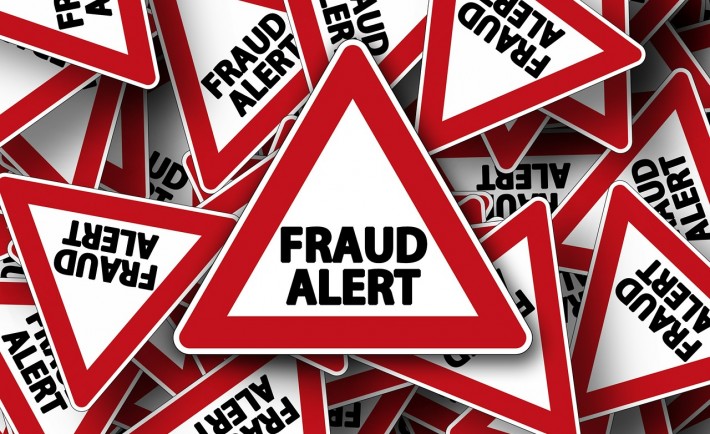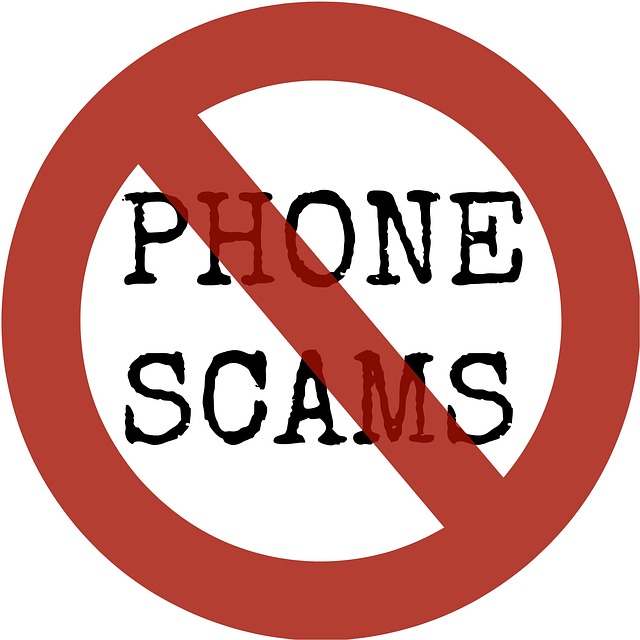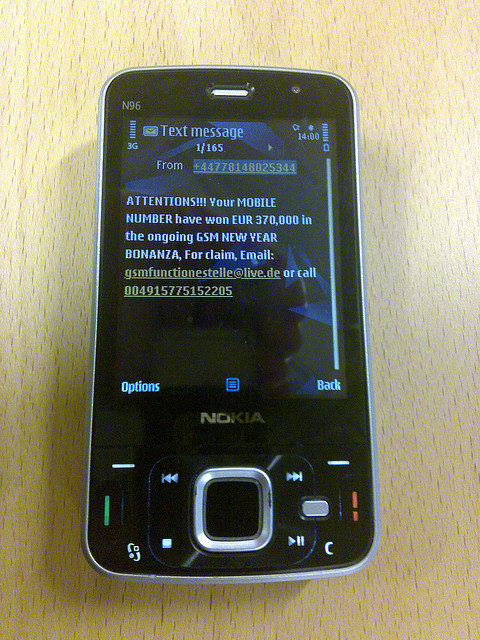Did you know that more than S$21.2 million was recovered by the police’s anti-scam centre in their first year of operations? The figure is about 41 per cent of the amount scammers attempted to cheat victims of in the cases handled by the centre, said the police on Jul 30 this year.
Today (Aug 26), we read from the news that the rise in scams contributed to the overall crime increase in the first half of 2020. To be exact, the total number of reported crimes went up to 18,121 cases in the first half of 2020, compared to 16,240 cases reported last year.
Here are the top 4 scams of concern:
#1: E-commerce scams

Image Credits: Medium
E-commerce scams top the list. Reported cases increased by 73.8 per cent from 1,202 in the first half of last year to 2,089 in 2020.
The total amount cheated increased to S$5.4 million, up from S$1 million in the same period last year. The largest sum cheated in a single case on an e-commerce marketplace is S$175,000.
Be extra vigilant when you’re transacting with electronic items, gaming-related items, face masks, and hand sanitizers since according to the authorities, these are the most common scam transactions.
#2: Social media impersonation scams

Image Credits: The Straits Times
The number of social media impersonation scam cases jumped by more than 1,300 per cent, from 83 cases in the first half of last year to 1,175 this year. It’s currently in second place of the top 4 scams of concern.
“Scammers would often claim to help their victims sign up for online contests or promotions which turned out to be fake. Their victims would later discover that unauthorised transactions had been made from their bank accounts or mobile wallets,” the police said.
Instagram and Facebook users should be on their guard since it’s the top two platforms that social media impersonation scams take place on.
#3: Loan scams
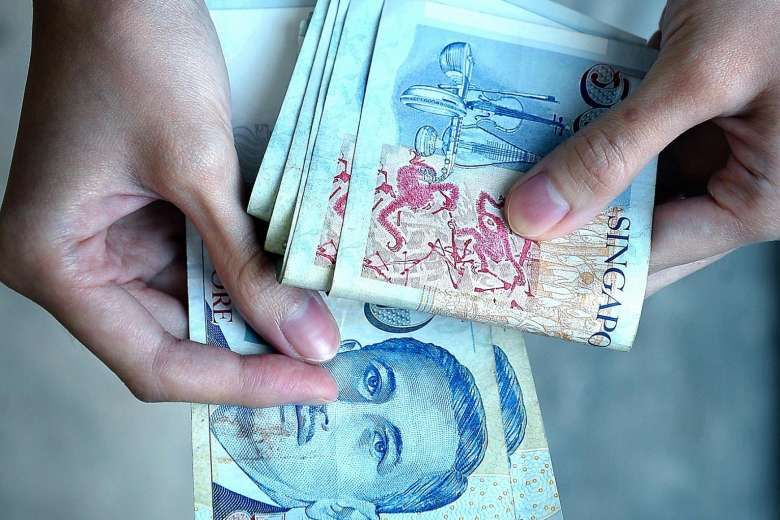
Image Credits: The Straits Times
Loan scams increased by 56 per cent to 1,014 cases, up from 650 in 2019. The total amount cheated is a cause for concern with an increase from S$1.9 million in the first half of 2019 to S$6.5 million this year.
“Business operators such as banks, digital platform owners and telcos have a responsibility to prevent, deter and detect crimes committed through their platforms,” said the authorities.
#4: Banking-related phishing scams
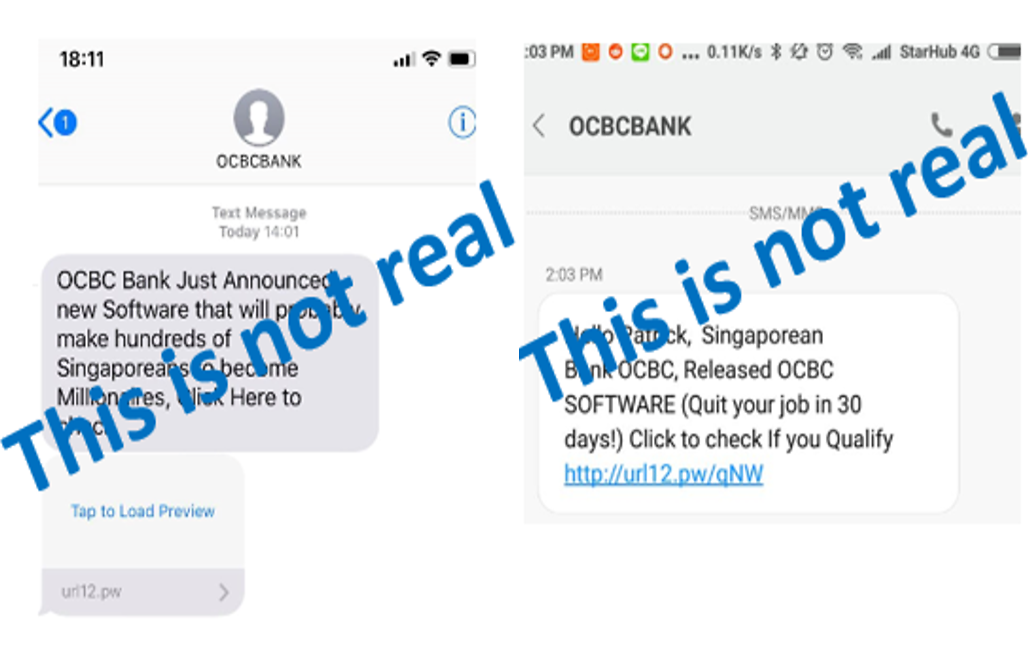
Image Credits: CNA
Compared to 34 cases in the same period in 2019, the total number of banking-related phishing scams increased by more than 2,500 per cent in the first half of this year to 898 cases. The total amount cheated increased from S$93,000 to S$3.6 million.
“In the majority of these cases, victims were tricked into disclosing Internet banking usernames, personal identification numbers (PIN) and one-time passwords (OTPs) to scammers posing as bank staff,” said the police in a news release.
According to the authorities, criminals have been taking advantage of the pandemic to find their victims by exploiting the public’s fear and sense of uncertainty. This is evident from the significant increase in online scam cases reported in the first half of 2020.
If you require scam-related assistance, please call the anti-scam helpline at 1800 722 6688 or visit www.scamalert.sg to seek advice.


